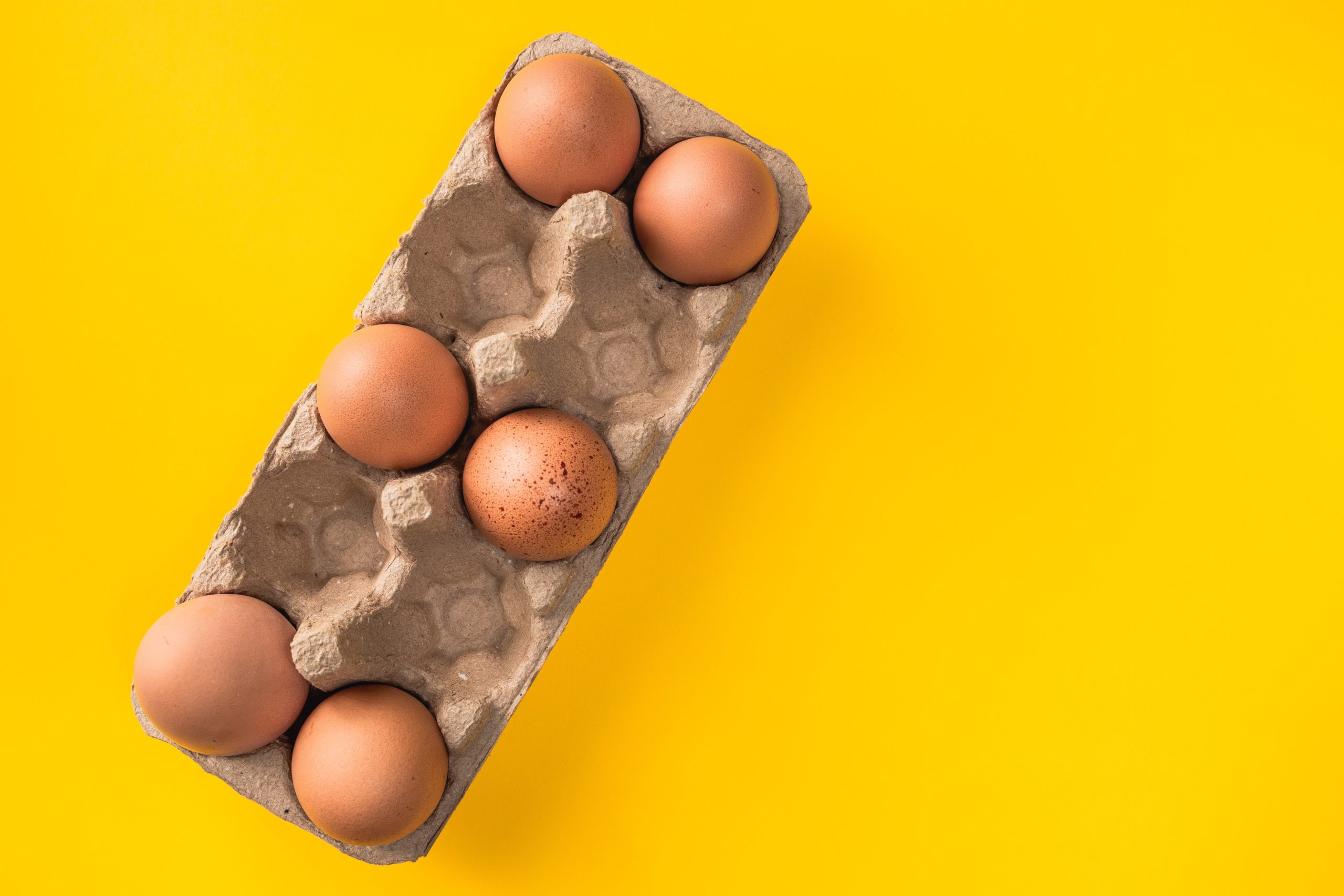The Power Of Protein…

As our motto goes, we always recommend “fiber and protein at every meal.” We talk a ton about our love for fiber, as you know, but what’s so special about protein? A LOT! Protein is the macronutrient powerhouse that is essential in our diets. Whether you get your protein from plants, meat, or something in between, you’re providing your body with the building blocks necessary to make any tissue in the body. Protein molecules are necessary for the health and upkeep of our body tissues, production of enzymes and hormones, and even proper fluid balance.
THE BACKGROUND
Protein is made up of different combinations of 20 total amino acids. There are nine essential amino acids, which we must get from food and cannot produce ourselves. Non-essential amino acids can be produced by the body, so it is not as important if we consume them, but we often do. A smaller group, known as conditionally essential amino acids, are only essential during times of stress on the body, like illness.[1]
It used to be thought that you must consume all amino acids together at each meal for optimal health. Remember the “tried and true” combo of rice and beans? Rice and beans together are a complete protein, meaning they contain all essential amino acids, but apart, they’re incomplete. It is now recommended, however, that you consume a balanced diet over the course of a day, not just in one meal, containing different sources of protein. This is because we break down all proteins into a large amino acid “pool.”
THE DETAILS
Protein is involved in the makeup and growth of tissues – Both internally and externally, our cells and tissues are constantly turning over and rebuilding [2]. An easy-to-spot example of this process is your hair and nails growing, or dry skin sloughing off. Protein is necessary to rebuild these tissues and build new tissue, like muscle. Typically, protein metabolism is neither catabolic nor anabolic. This means that the amount of tissue broken down is the same as the amount that’s rebuilt. If we’re sick or extremely active, our body may break down more muscle tissue, therefore increasing protein needs. This is why athletes require more protein to maintain and even build muscle mass.
Protein is also necessary for the structural integrity of tissues in addition to turnover. Ever heard of keratin, collagen, and elastin? These are proteins that help to give skin, hair, nails, muscles, organs, and even bones their strength and elasticity. This helps skin and organs to stretch and muscles to contract without sacrificing their structure.
Enzymes and hormones are actually protein molecules – Enzymes are the molecules that speed up chemical reactions within the body. [3] Proteins make up the enzymes that process the food we eat, breaking down large globules of dietary proteins, fats, and carbs into smaller molecules that our body can utilize for energy.
Hormones act as signaling molecules that send messages throughout the body. Insulin, which is integral to carbohydrate uptake into cells, and glucagon, which signals the breakdown of stored carbohydrates, are both protein hormones. [3]
Protein helps to maintain fluid balance – Proteins like albumin help to regulate intracellular and extracellular fluid balance. Our fluid balance is constantly in flux, though on a regular basis you wouldn’t notice. Albumin circulates in the blood and keeps maintains this balance seamlessly.
Over time, if you’re deficient in protein, your albumin level can decrease, leading to swelling known as edema. This can also happen from periods of stress and illness, especially from inflammatory conditions, even in spite of adequate protein intake. [5]
HOW MUCH PROTEIN DO I NEED?
The RDA (recommended daily allowance) for protein is 0.8 g/kg. Don’t forget, this is a baseline and doesn’t mean you can’t have more depending on your needs and activity level. [4]
To calculate this baseline number, take your weight in pounds (lb) and divide it by 2.2 to get your weight in kilograms (kg). For example, a 135 lb woman would weigh 61 kg (135/2.2 = 61.4).
Now take that weight in kilograms and multiply it by 0.8 to get grams of protein. 61 kg x 0.8 g/kg protein = 49 g protein.
Lastly, divide grams of protein by 7 to get ounces of protein if that is easier for you to visualize. 49 g /7 g/oz = 7 oz.
If you add up your recommended ounces of protein on F-Factor, you’re not only meeting but exceeding this recommendation, and that’s great! The RDA is the lowest we’d ever recommend you go, so with 3-4 oz at meals and 1-2 oz at snack for a woman, you’re good to go.
References:
- [1] Amino Acids. https://medlineplus.gov/ency/article/002222.htm
- [2] Chou et al. “A Nutrigenomics View of Protein Intake: Macronutrient, Bioactive Peptides, and Protein Turnover.” Progress in Molecular Biology and Translational Science vol 108. (2012). https://doi.org/10.1016/B978-0-12-398397-8.00003-4
- [3] Cooper, Geoffrey M. The Cell: A Molecular Approach. 2nd edition. Washington, D.C: ASM Press, 2000. https://www.ncbi.nlm.nih.gov/books/NBK9921/
- [4] How much protein do you need everyday? https://www.health.harvard.edu/blog/how-much-protein-do-you-need-every-day-201506188096
- [5] Hankins, Judy. The role of albumin in fluid balance, Nursing vol 37,12 (2007) doi: 10.1097/01.NURSE.0000302527.26765.69